Sightseeing Spots
Search Results308
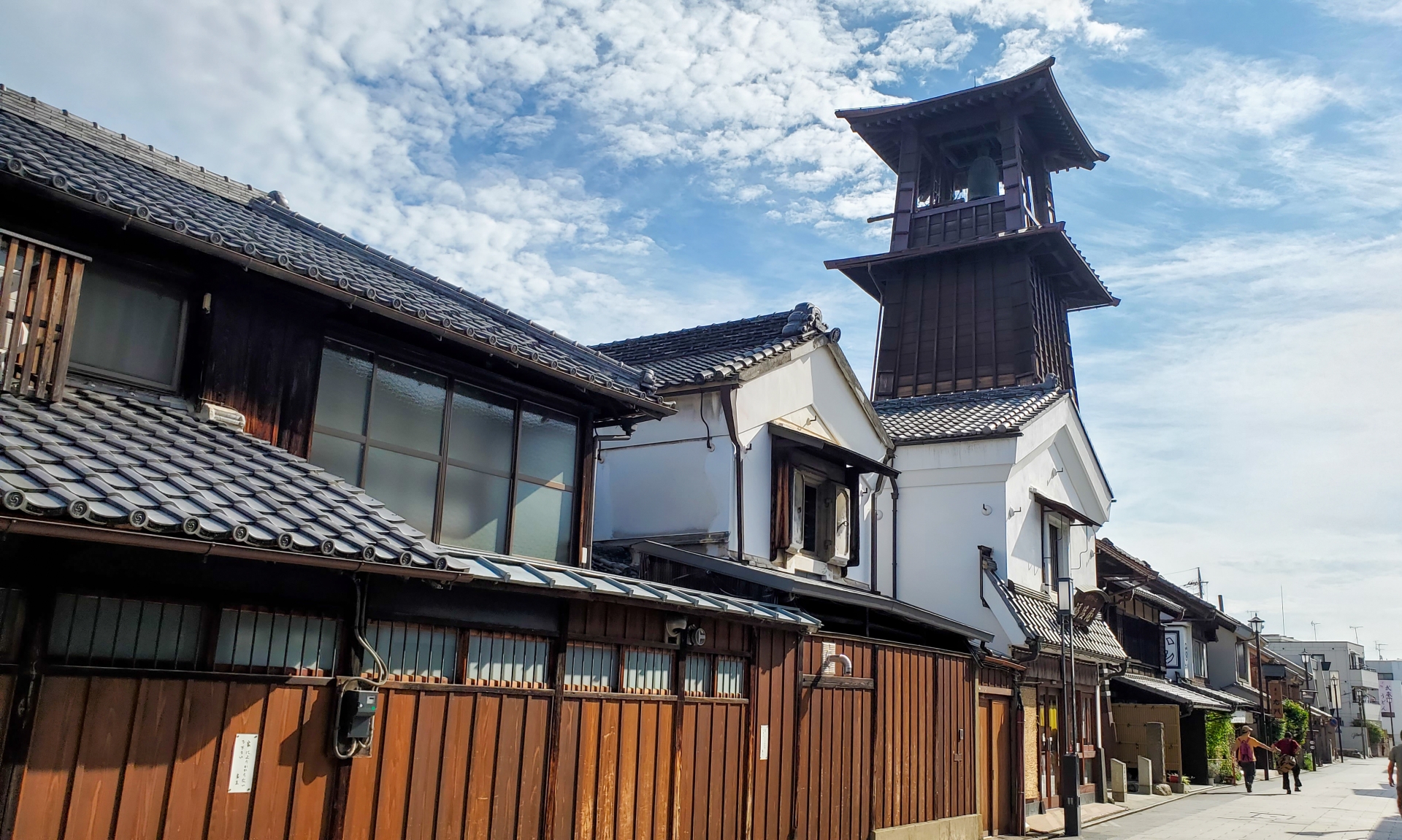
Toki no Kane is said to have been first built in the Castletown Tagachō during the Kan’ei era (1624-1644) by the lord of Kawagoe Castle, Sakai Tadakatsu. The current bell tower was rebuilt the year following Kawagoe’s great fire in 1893, and is a three-story tower with a height of about 16 meters. It is a symbol of Kawagoe and denotes that “time” is indispensable for daily life. As of today, the bell rings four times a day (6 am, noon, 3 pm, and 6 pm).
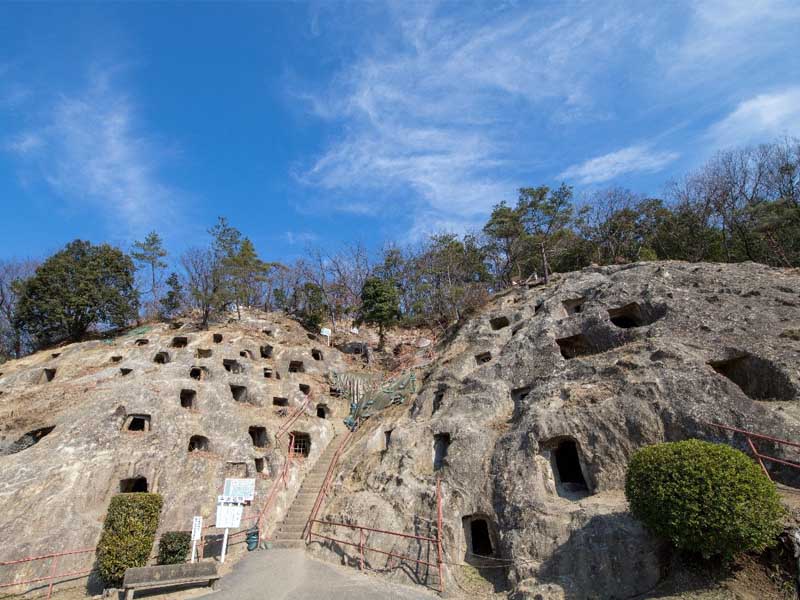
The Yoshimi Hundred Caves are a mysterious group of horizontally carved rock tombs created at the end of the Kofun period (late 6th to 7th century), and designated a national historic site in 1918. There are 219 holes confirmed in total, and the tombs represent Yoshimi Town with their significance. Each hole is divided into a narrow passage and a burial chamber, and the protected species, luminous moss, also known as goblin gold, can be found growing in the tombs.
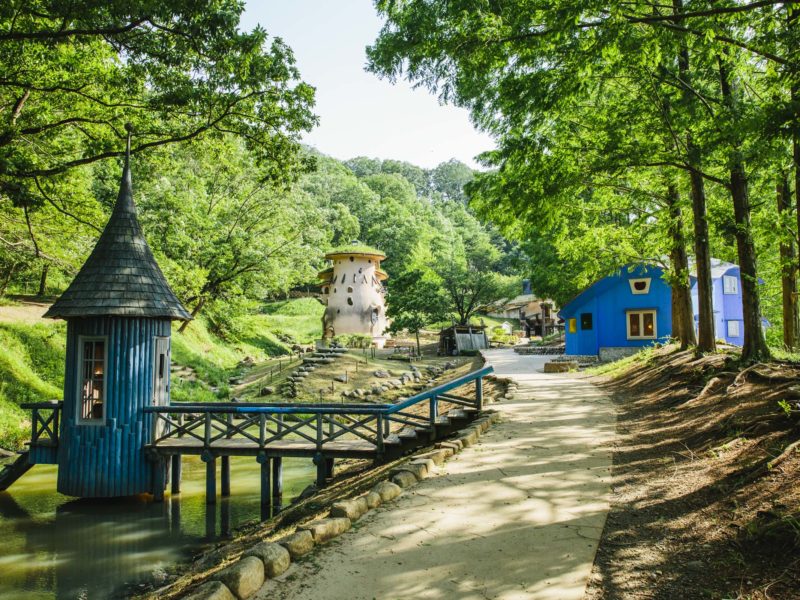
A park inspired by the world of Scandinavian fairy tales. Unique buildings that tickle your imagination stand on park grounds overflowing with greenery. Play freely in nature among the refreshing breeze and dappled shade in this relaxing space for everyone.
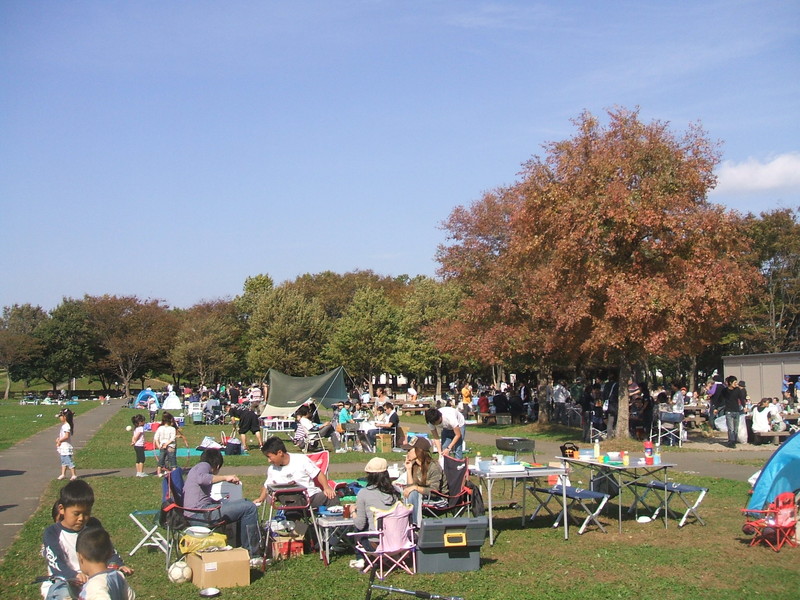
This park features an open lawn space and large wooden play equipment, and the area is crowded with families all year. Seasonal flowers grow throughout the park, and in addition to cherry blossoms in the spring, the moss phlox (April to May) and irises (early June) bloom in a heart-warming sight. There are also kitchen spaces for barbecue, and visitors can fish at the large pond, Koai Tamei (within the designated area).
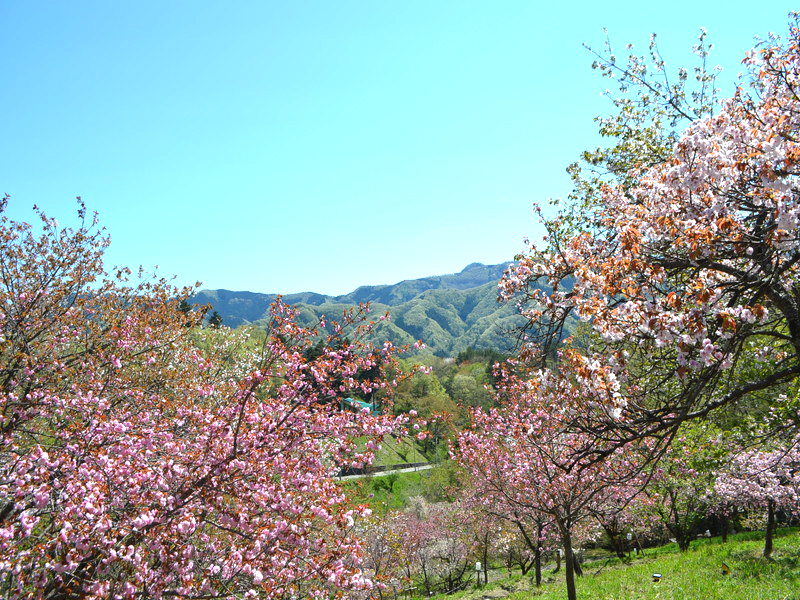
Kita-zakura Street is the tunnel of cherry blossoms, with about 400 cherry blossoms lining a 2.5 kilometer road that runs the length of the Arakawa river from Nagatoro Station to Takasago Bridge. The Sakura Passage is located at the foot of Mt. Hodo in Nagatoro Town. Here you can see about 500 cherry blossoms trees with more than 30 varieties of double cherry blossoms. During the flowering season, they are lit up with beautiful illuminations. The best time to see the flowers is from early April to mid-April on Kita-zakura Street and from mid-April to late April on the Sakura Passage.
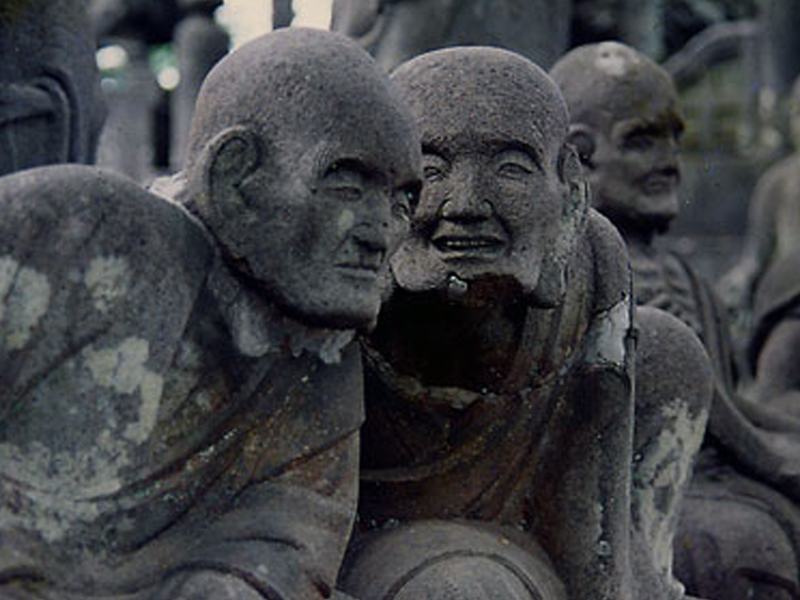
"Rakan," or "Arhat," is a Buddhist term signifying a spiritual practitioner, or high priest, who has attained enlightenment. The 500 Rakan of the Kitain Temple are one of Japan's three great Rakan and took 50 years to complete. The 538 stone statues are famous for expressing a wide range of human emotions and for each having a unique action. According to legend, if you visit at night and touch the heads of the statues, only one will be warm, and it is said that this statue's face resembles the sculptor's deceased parent.
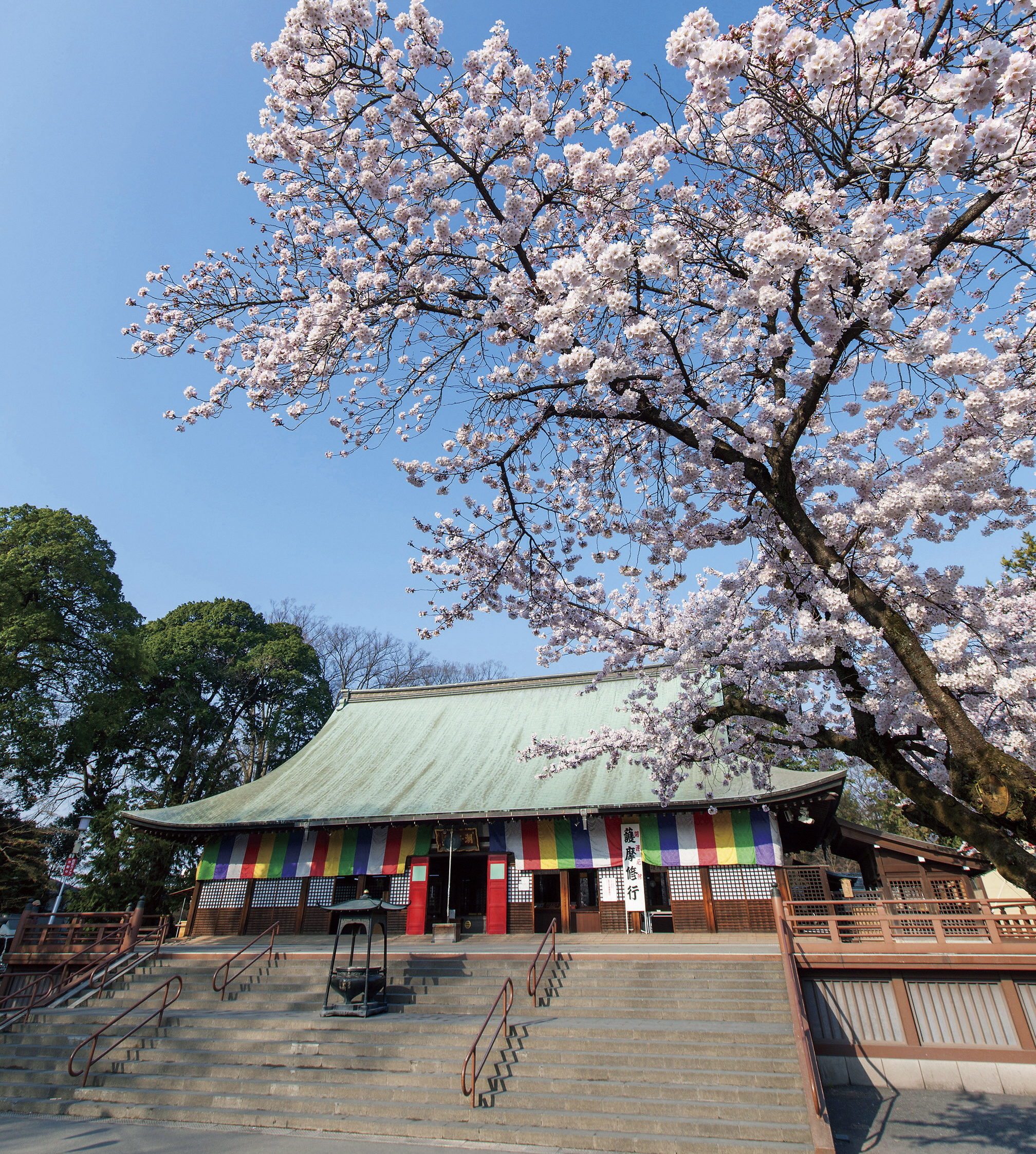
Kitain Temple thrived after the appointment of Sōjō Tenkai, entrusted by Ieyasu Tokugawa, in 1612. Most of the temple burnt down in Kawagoe's great fire in 1638, but was renovated during the Edo period by the third generation shogun Iemitsu, who transferred the "Iemitsu Birth Room" and "Kasuga Bunkachi Makeup Room" to the temple from the Edo castle. In addition, the entire area was designated as an important cultural property. One of Japan’s three major arhat, “Gohyakurakan”, can be seen here.
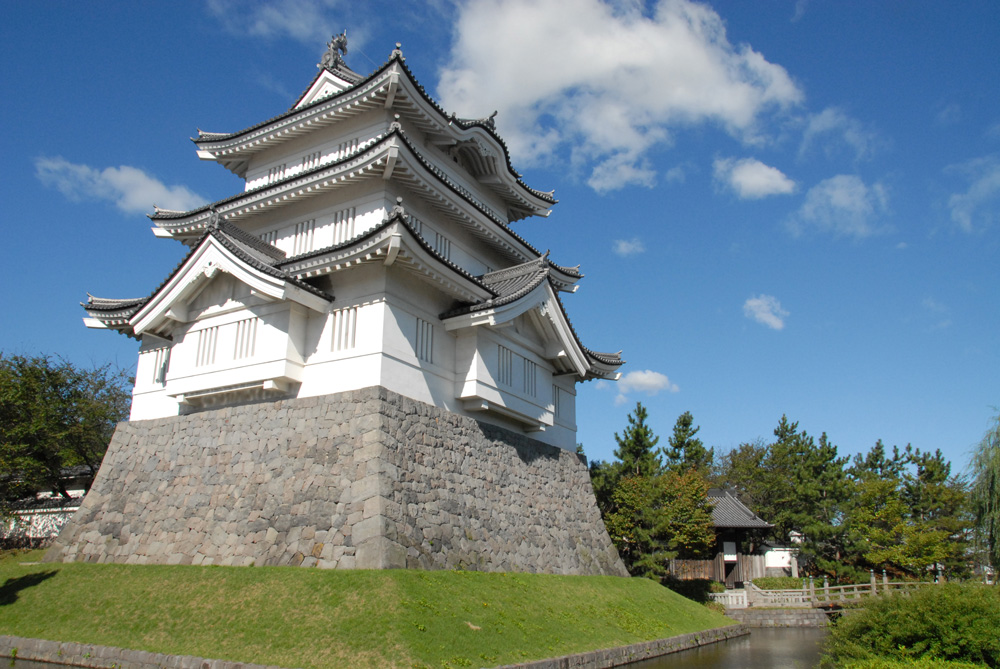
Oshi Castle is one of seven famous castles in the Kanto region, built during the civilization years of the Muromachi period. It is known as an “Uki-jō (Floating Castle),” as it is said to have endured the flooding of Ishida Mitsunari during Toyotomi Hideyoshi’s suppression of Kanto. The story of this castle was the model for the movie “Nobō-no-Shiro (The Floating Castle).” It is currently listed as one of Japan's Top 100 castles. The “Oshijyō Gosankaiyagura (Oshi Castle Three Story Turret)” was torn down during the Meiji period and rebuilt in 1988, with the inside turned into an exhibition room of the local museum, and a view of the entire city can be seen from the top floor.
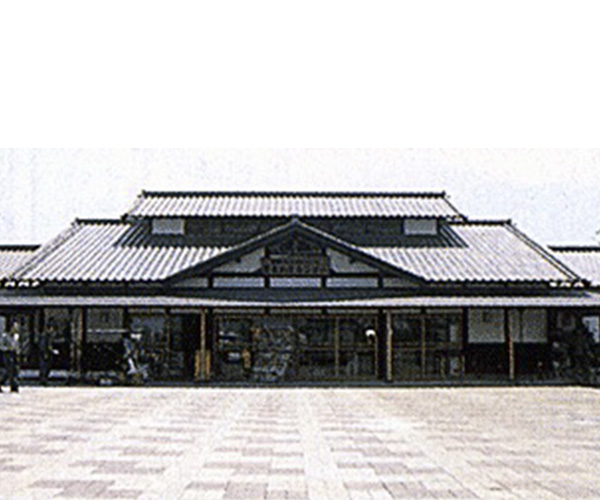
This is the birthplace of “Kan’ichi Shimofusa,” a musician and producer of many famous nursery rhymes. It is said that the atmosphere of the old town of Ōtone was his inspiration when composing songs such as “Tanabatasama,” “Nogiku” and “Hanabi.” “Ōtone Koshihikari” rice, harvested with plentiful water and one of the leading varieties “delicious Koshihikari” rice from Saitama, is sold here as “Dōyō no Furusato Ōtone" (hometown of nursery rhymes, Ōtone).
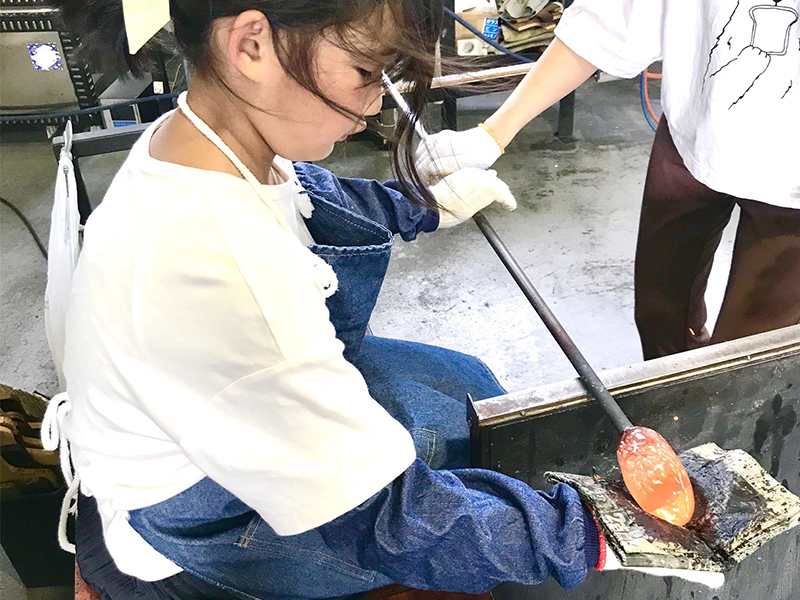
At the Hanayoi Glass Studio run by Tamami Sudo, a glass artist who has had numerous exhibitions at famous department stores, you can try your hand at glass blowing and sandblasting (reservations required). Participants receive careful instructions which are easy for even beginners, and the workshops are popular for making wedding anniversary or children's milestone mementos. The stunning works of Tamami Sudo that are on display in the studio.
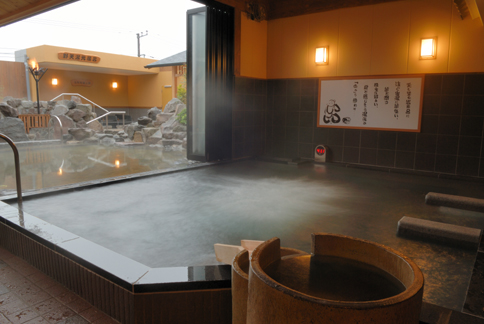
Enjoy natural hot spring open-air baths and Ganban yoku (hot stone baths) made from black silica, just a few of the ten unique baths prepared to wash your fatigue away. Enjoy a relaxing meal or foot bath surrounded by a traditional townscape that will make you feel like you have traveled back in time. In addition, there are many refreshment rooms for massage and body scrub treatments, allowing for maximum leisure! Enjoy “healing and moisture” to your heart’s content.
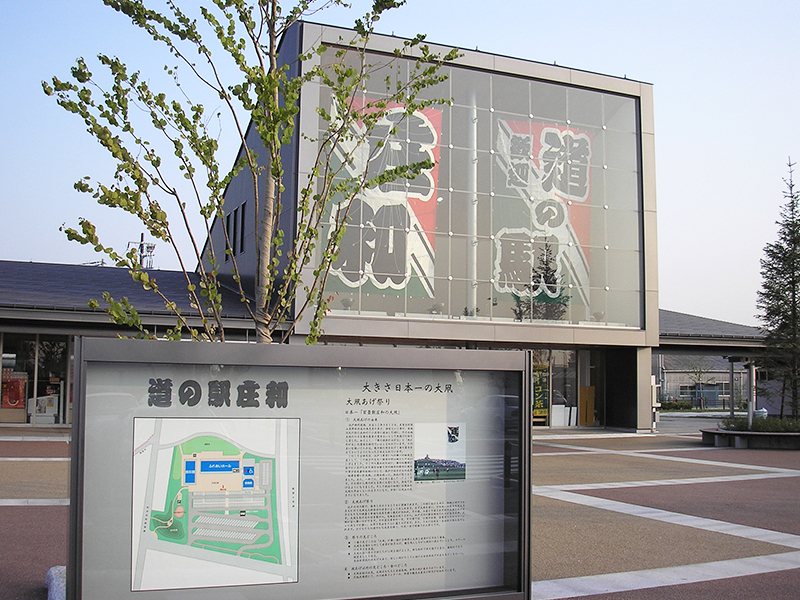
Roadside Station Showa, surrounded by a rural landscape of fertile farmland and pastoral rice fields interwoven with small forest groves, is nestled in the perfect environment to feel the change of the seasons. In the product hall, you can find a variety of souvenirs from all over the country, as well as products unique to the Kasukabe area. You can also buy local fresh vegetables at the farmers market, a place popular with tourists. Meals are also available at the restaurant, "Shokusai-kan."
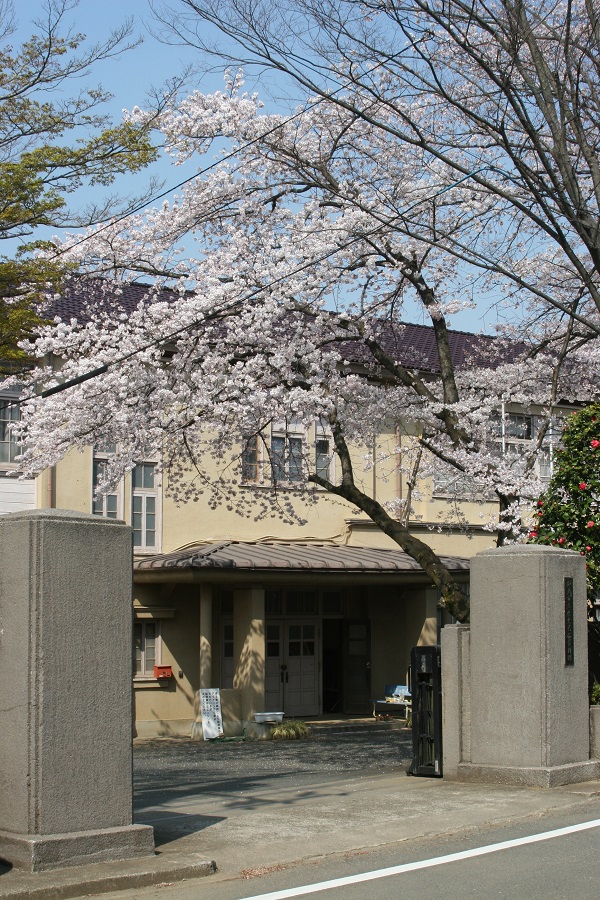
The Sakado City Historic Folk Museum was opened in October of 1980 as part of a municipal commemorative project with the aim of contributing to the development of education, learning, and culture. The building is a reconstructed and repaired portion of the former Suguro Elementary School building, and displays archaeological artifacts excavated from ruins found in the city, as well as folk materials collected from each region. The many folk tools on display are the witnesses of history; representing the wisdom gathered by local predecessors after years of cherished use, while also demonstrating the lifestyle at that time. In addition, archaeological artifacts such as the Haniwa human clay figures excavated from the Kitamine Kofun tombs and roof tiles from the ancient abandoned Suguro Temple, are materials representing Sakado City. In addition to permanent exhibits of these materials, the museum also holds special exhibits of folk tools.
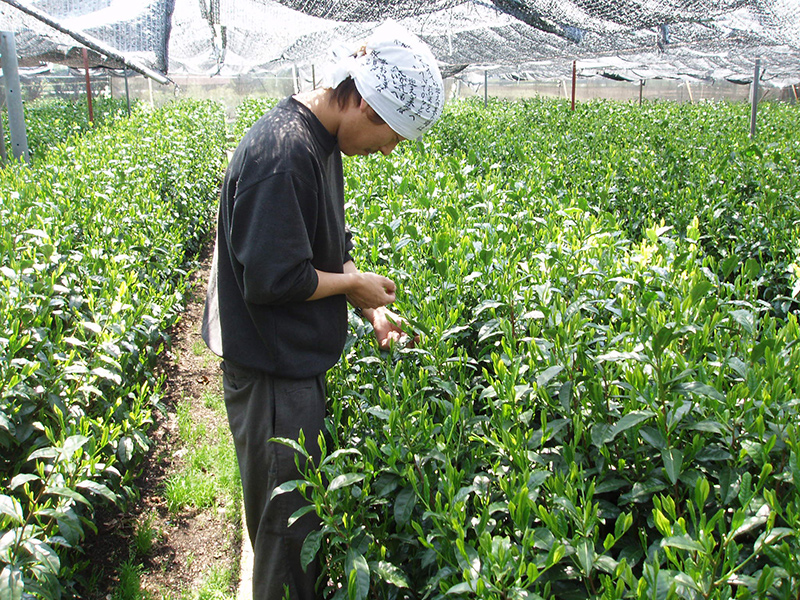
Our tea factory holds tours, and we lead tea picking experiences during the new tea season (around May 20th, end of June). There is also a direct sales office where you can buy our products cheaper than in regular stores (10% off bags of tea leaves, some products are excluded).
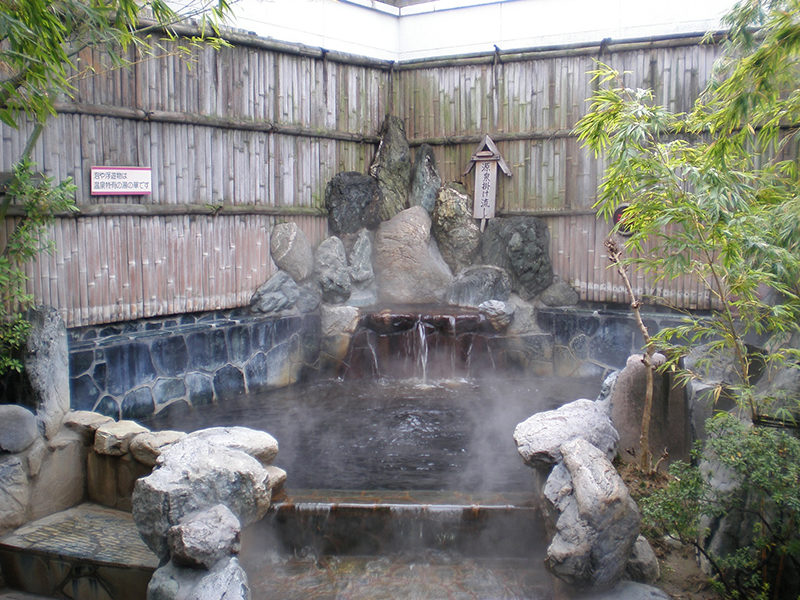
This black water (kuro-yu) hot spring, distinct to the Kanto area, is located along the National Route 4 bypass. In addition to the hot spring baths flowing directly from the source, you can enjoy jet baths, salt saunas, high-temperature saunas, medicated baths and utaseyu (striking water baths).
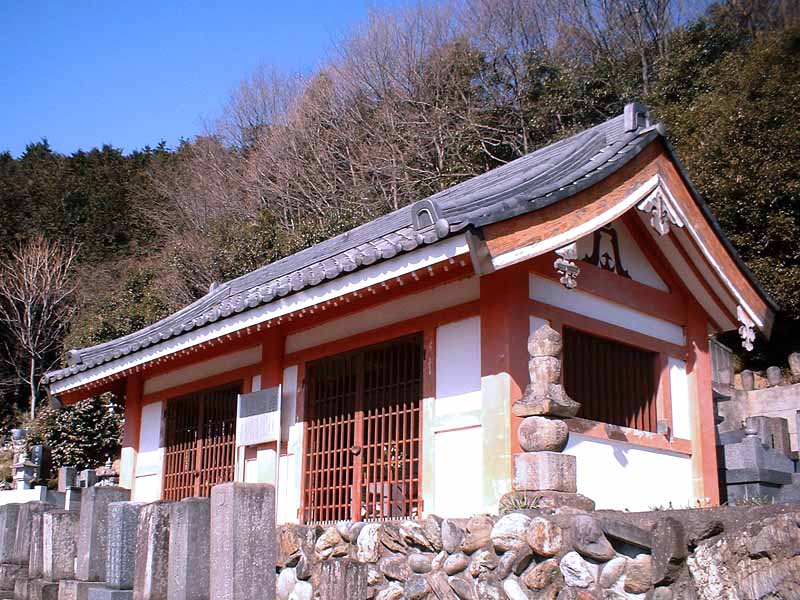
Hachigata Castle is a quintessential castle from the Warring States period and was selected as one of the 100 famous castles of Japan. The castle is said to have been built in 1476 by Nagao Kageharu, a retainer of the Yamanouchi Uesugi clan and leader of the Kanto region, and the castle was later expanded to its current size by the Odawara clan. When the feudal lord Toyotomi Hideyoshi attacked and besieged the castle in 1590, the soldiers inside held out for one month before giving up, surrendering the castle in exchange for their lives. The castle was later demolished and abandoned, but you can still see a large number of ruins that remain largely undisturbed, reminding us of the strong fortress of the past.
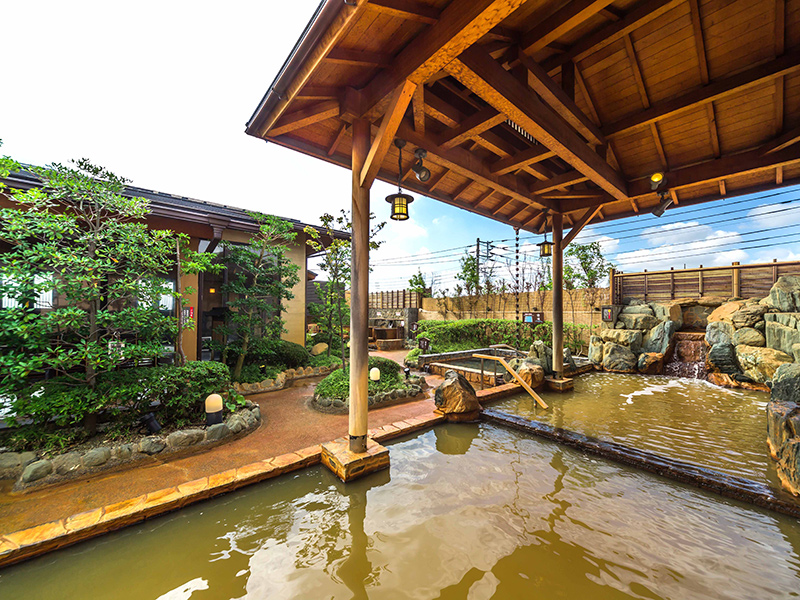
The water at this hot spring, which flows from 1,500 meters underground, scored a maximum score of 5 out of 6 categories in the Japan Natural Hot Spring Examining Authority inspection! With a composition similar to salty seawater, it is also called “Netsu no Yu” (high temperature bath) due to the amount of cold water needed to cool it down. Another appeal is the fact that this hot spring can be enjoyed during the colder months without any added water. The high-concentration carbonated spring, which even garners the attention of the medical industry, can also be enjoyed.
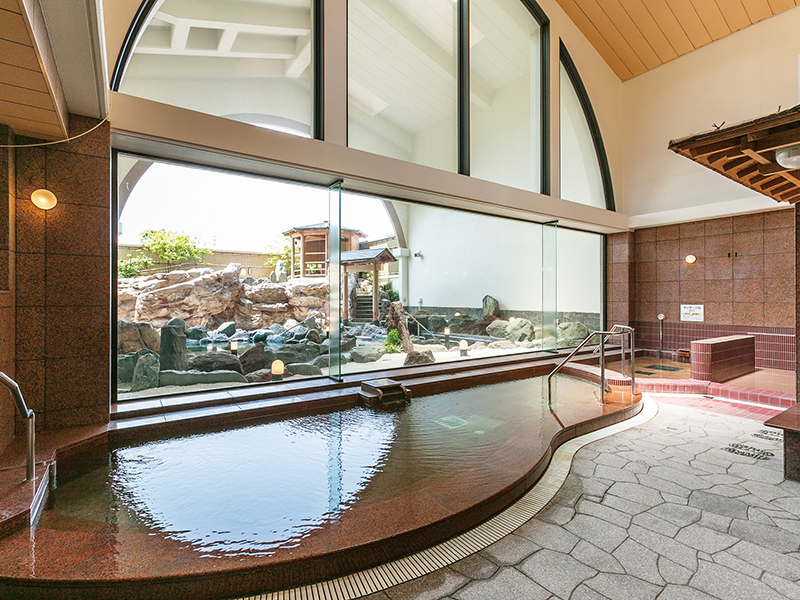
The bath uses water close to the source, a gensen (hot spring source) 2,000 meters underground. The water is rich in sodium and heats the body to its core. Due to the warming effects of the sodium, the bath is known as "Atamari no Yu" (warming bath). In addition, the hydrogen ion concentration is pH 8.1. This low alkaline water also helps soften dead skin cells, earning the bath the additional name of "Bihada no Yu" (bath for beautiful skin). Please enjoy the exquisite waters from the Kachōfūgetsu source. Also on the premises of this vast facility are a beauty salon, a massage parlor and a refreshing oxygen room. We offer a relaxing environment for each and every customer. (Please refer to the URL below for more information regarding the facility.)
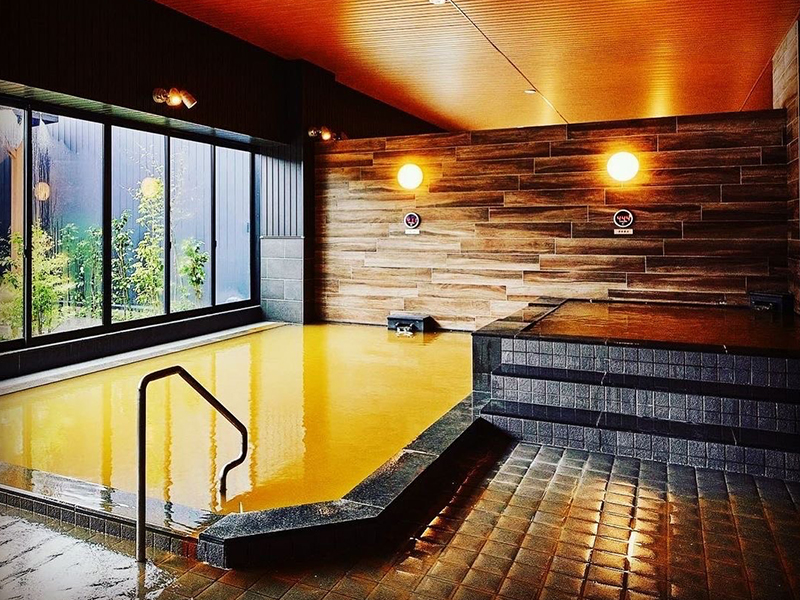
This hot spring was opened at Aeon Town Yoshikawa Minami in June 2021 under the theme ''deliciousness, happiness, beauty, and health." There are three types of indoor baths, a reclining bath and an outdoor bath. After taking a bath, you can enjoy sushi produced by Kanazawa Maimon and sweets by chocolatier Hironobu Tsujiguchi of Le Chocolat de H in the food court attached to the spa.
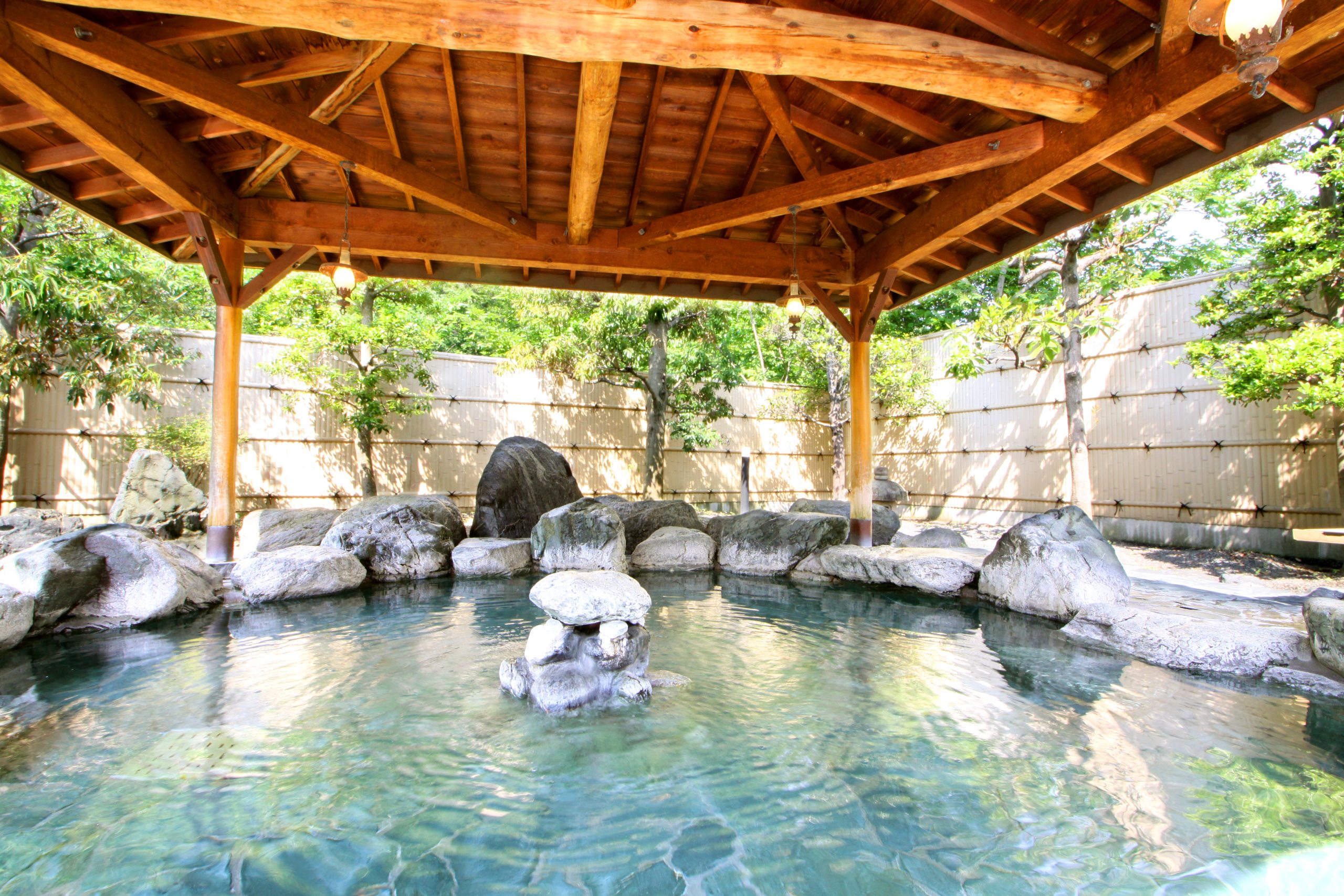
A simple sulfur hot spring. Chichibu Yumoto is a day trip hot spring with the Bukō Onsen as its source, and is effective for a range of chronic diseases such as nerve pain, sore muscles, joint pain, stiff shoulders, and poor blood circulation. One can fully enjoy nature in the liberating open-air bath with the hinoki (wooden) bath, which gives the gentle feeling of trees, and the rock bath, which provides a simple natural atmosphere. Nearby there are also Bukō Auto Campsite (Phone Number: 0494-23-8229) and lodging facility Bukō Onsen Bekkan (annex) (For reservations: 0494-24-4141).
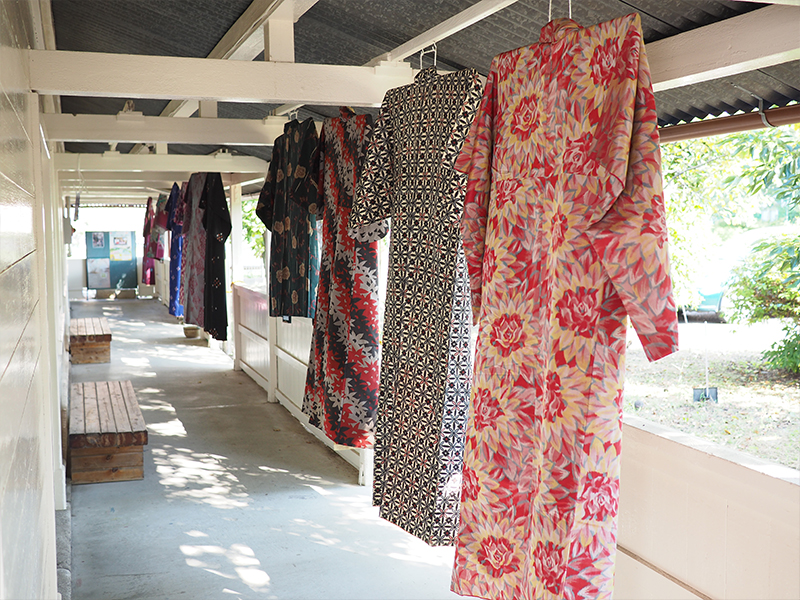
The building was built in 1930 and was registered as a Tangible Cultural Property in 2001. At the Chichibu-Meisen museum, you can learn about the history of Chichibu-Meisen, view the exhibits, and try your hand at stencil dyeing and weaving. All the equipment displayed in the museum is still in use, and if you are lucky, you can even see it in action.
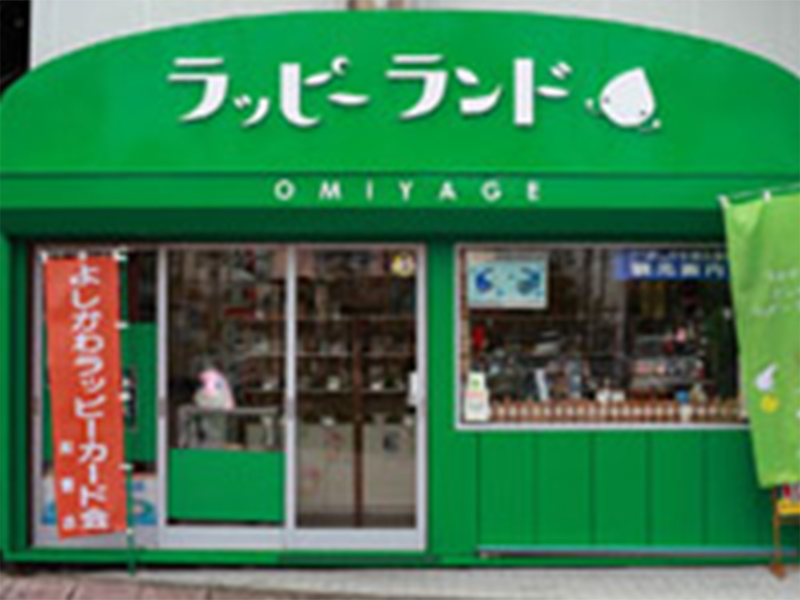
Located at the Yoshikawa Station North Exit on the JR Musashino Line, Rappi-Land offers many goods and souvenirs pertaining to Yoshikawa City, the home of the catfish. There is a wide variety of Japanese sweets such as manjyu, dorayaki, monaka, senbei, and even locally produced cola. You will even be greeted by a real catfish! The shop also serves as a tourist information center, so please stop by when you come to Yoshikawa.
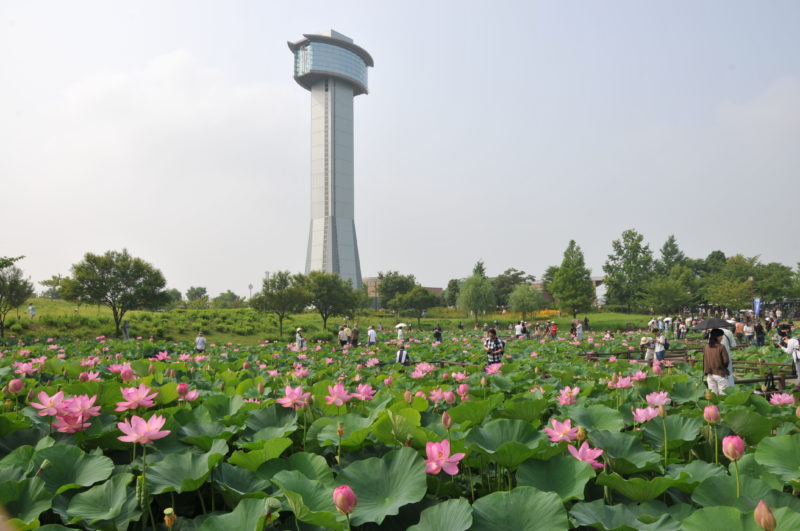
From mid-June to early August, 12,000 stocks of 42 different types of lotus flowers bloom on the surface of this lotus pond. The Gyōda lotus (ancient lotus) is a primitive form with few petals; it is said this variety of lotus is from about 1,400 to 3,000 years ago. Lotus flowers are best viewed midmorning. There are aquatic plant botanical gardens, aquatic bird lakes, peony gardens, plum tree groves, and a spot for flower viewing (hanami) cherry blossom trees, making it a place to go to feel the beauty of nature all year round. In addition, from mid-July to mid-October, rice paddy art is at its prime and can be viewed from the Ancient Lotus Hall’s Observation Room. The rice paddy art of Gyōda City started in 2008, with annual rice transplanting taking place with the help of several volunteers and participants. Not only are the designs original, but some have been featured in movies, TV shows, games. In 2015 it was recorded in the Guinness World Records as “the world’s largest (rice paddy art).”
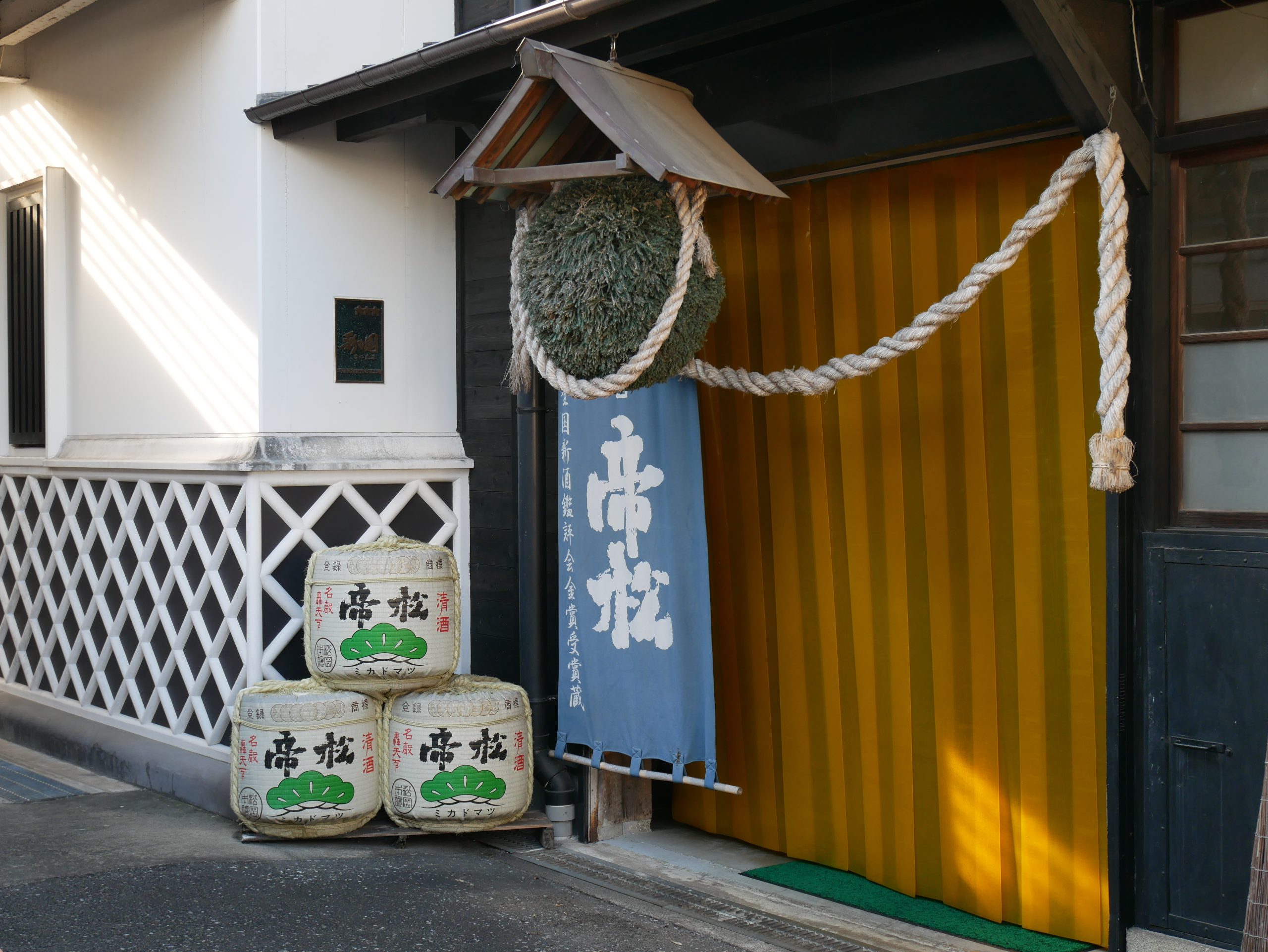
A brewery which holds a prefectural record for winning the gold medal at the Annual Japan Sake Awards for 8 consecutive years. Matsuoka Brewery originated when first generation brewer Matsuoka Emon, in search of higher quality water, moved his brewery from Niigata to Ogawamachi. The brewing water sourced from the Chichibu mountains has a higher concentration of minerals, pumped from a source 130 meters underground. At our brewery tour (reservation required), visitors can view the brewing warehouse, learn about the sake brewing process and enjoy a sake tasting. The Daiginjo (super premium sake) ice cream available at the brewery direct sales shop is a hit with children and adults alike. There is also a brewery restaurant, “Shofuan,” adjacent to the facility.
This site uses cookies to improve the user experience. If you continue to browse, you consent to the use of cookies on this site. Accept
CONTACT
